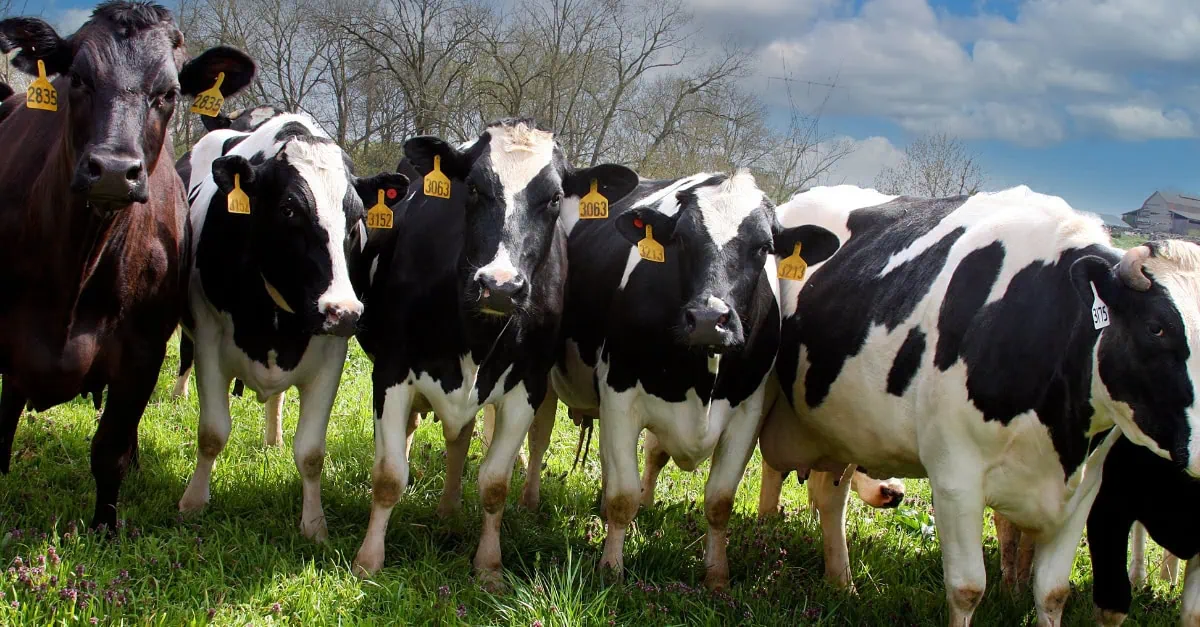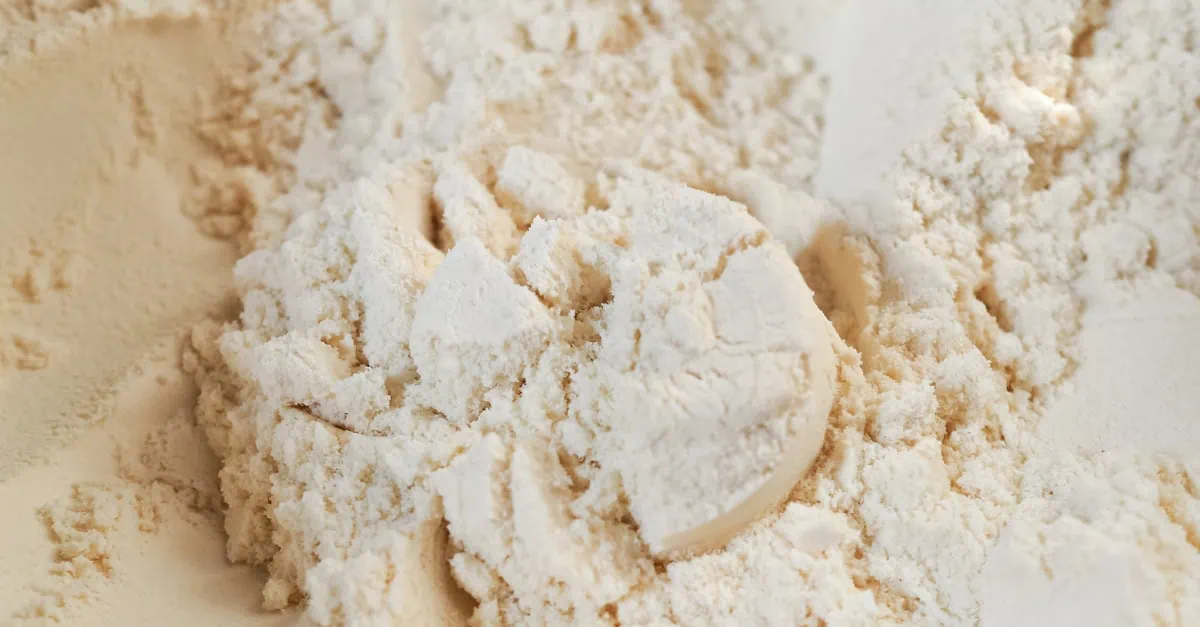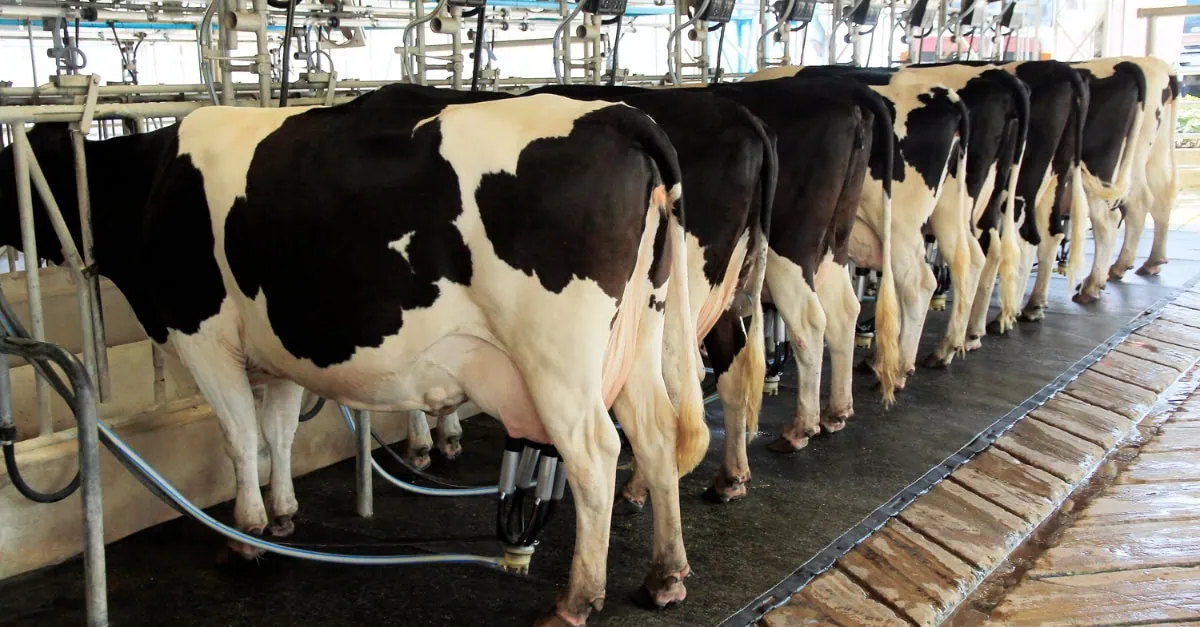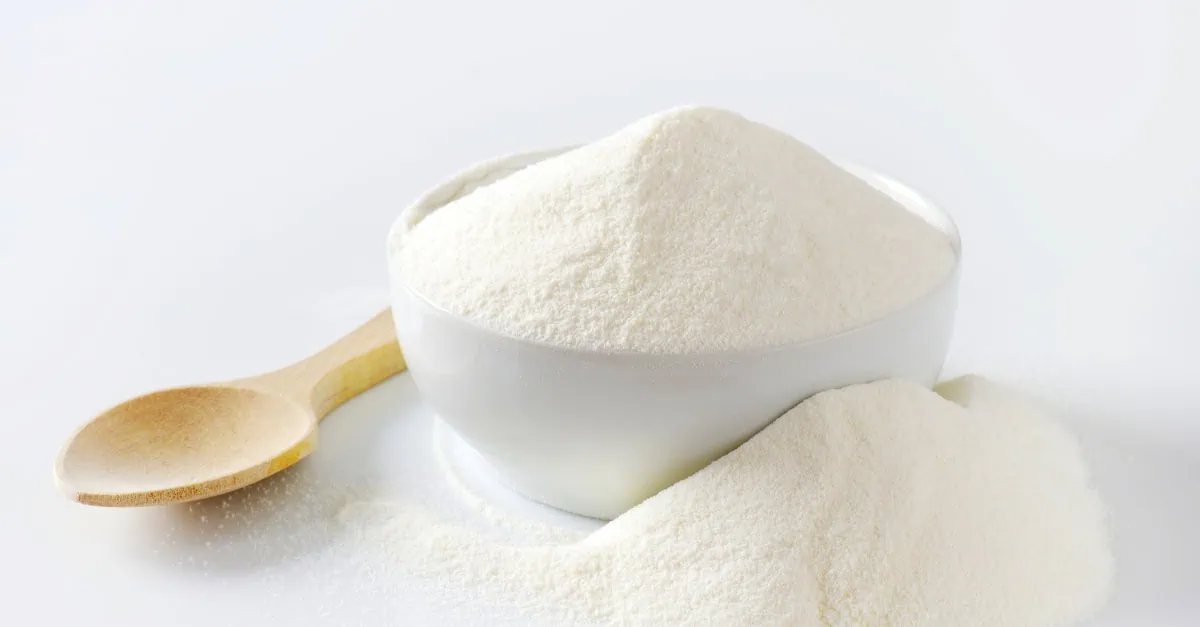CME butter prices have dropped sharply in recent weeks as abundant raw milk availability across major producing regions pressures the entire US dairy market. The price decline comes despite continued strong milk production growth and marks a significant shift in market dynamics that is affecting on-farm margin outlooks.
The butter market weakness reflects a broader pattern of milk surplus. US milk production is estimated to have grown approximately 3% year-over-year in September, consistent with the growth rates observed in July and August. While official USDA production data remains delayed due to the ongoing government shutdown, the underlying fundamentals supporting continued growth remain unchanged.
Stable weather conditions combined with herd sizes near August highs have sustained production momentum. The lack of official data hasn’t slowed CME trading activity, with market participants continuing to transact based on available supply signals.
The US milk surplus is occurring alongside increased production from other major dairy regions. New Zealand reported milk solids production up 3.4% year-over-year in September, signaling a robust start to the 2025/26 season. European production has also posted positive numbers through August, while Latin American producers continue delivering solid output.
The convergence of supply from multiple regions has created what the analysis describes as ample global milk availability across all major exporting regions. This simultaneous production growth is adding significant weight to dairy commodity markets worldwide.
The sharp butter price decreases have prompted discussions within the US dairy industry about potential supply management strategies. Some farmers are considering herd culling as a market stabilization tool, with one Wisconsin dairy farmer proposing a 1% herd reduction to address the surplus. The proposal highlights how tight margins have become when producers begin evaluating dramatic measures to balance supply.
Feed costs remain elevated, with Russian market data showing feed expenses up 49% year-over-year, illustrating the cost pressures dairy farmers face globally. The combination of rising input costs and falling product prices is squeezing profitability across the sector.
The government shutdown adds complexity to market analysis by delaying official milk production reports. However, the abundant milk supply is evident in both CME trading patterns and production data from other major dairy regions. Market participants are adapting by relying on alternative data sources and real-time price signals to inform trading decisions.
The timing of New Zealand’s production surge matters particularly for global markets. The country is delivering abundant supply just as the US continues its growth trajectory, compounding the pressure on butter and other dairy commodity prices.
For dairy buyers and producers, the current market environment presents a period of significant price volatility driven by fundamental oversupply. The extent to which butter prices will decline further depends on whether production growth moderates in the coming months or if demand can absorb the increased milk volumes flowing into commodity markets.
This newsarticle is part of a more comprehensive market butter market analysis. For the full market analysis, visit: https://app.vespertool.com/market-analysis/2387





